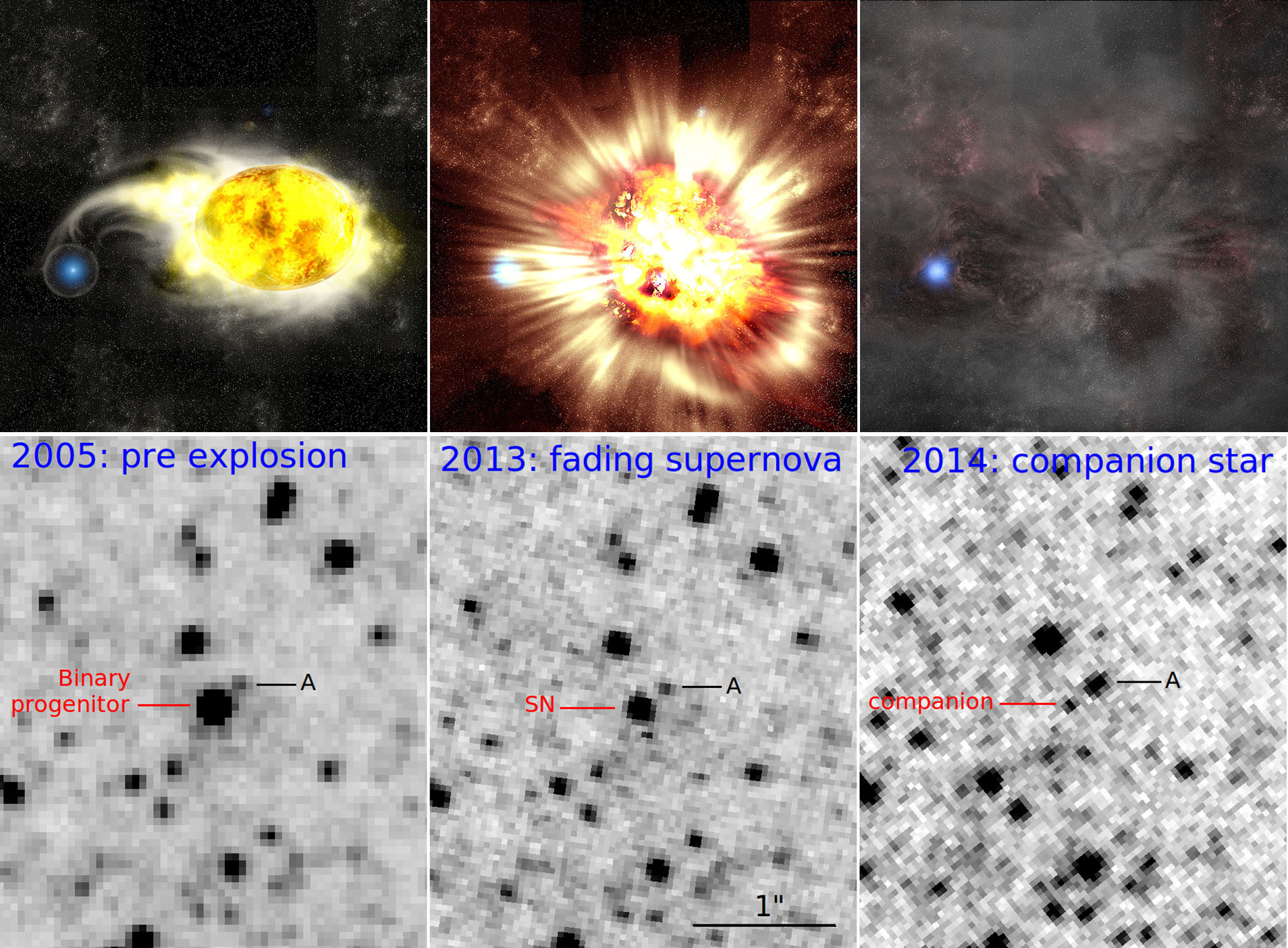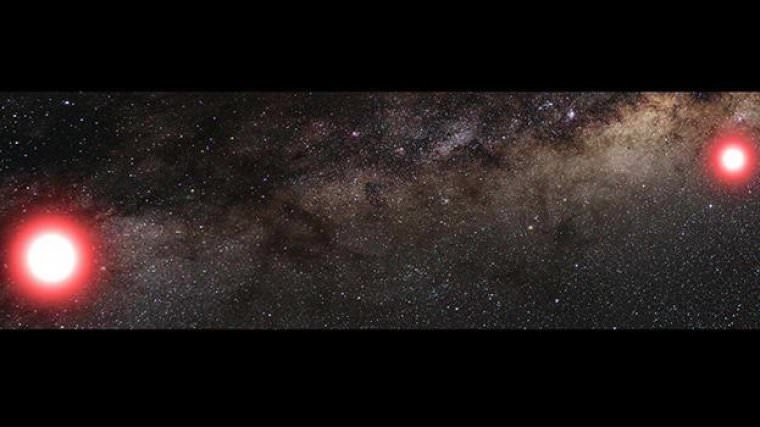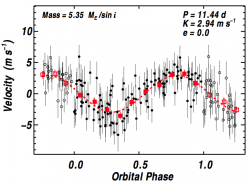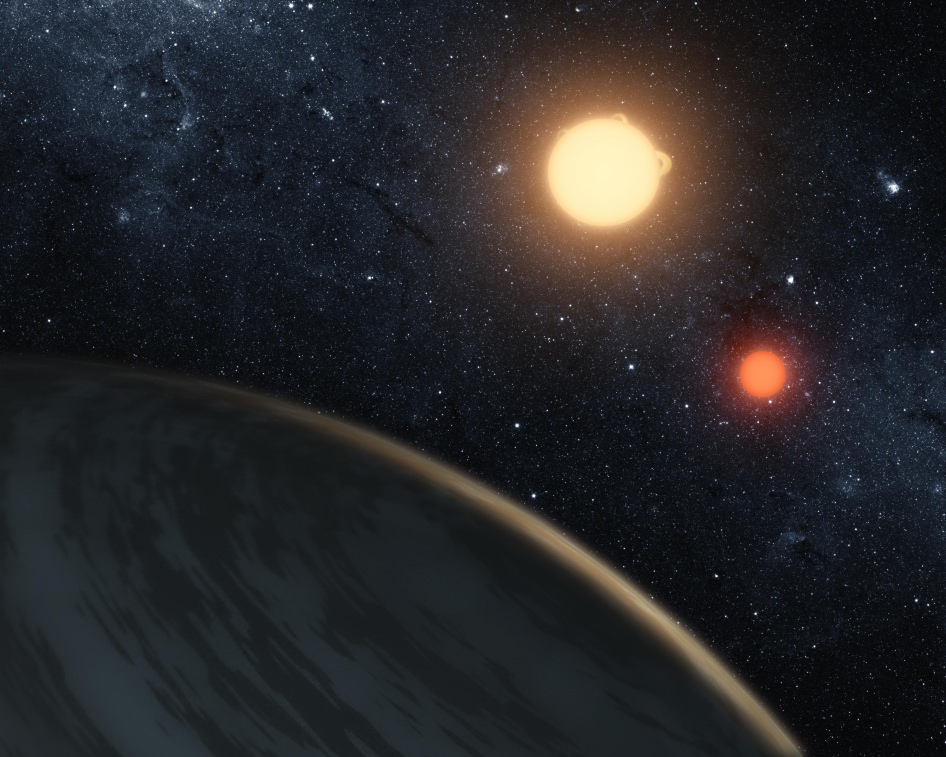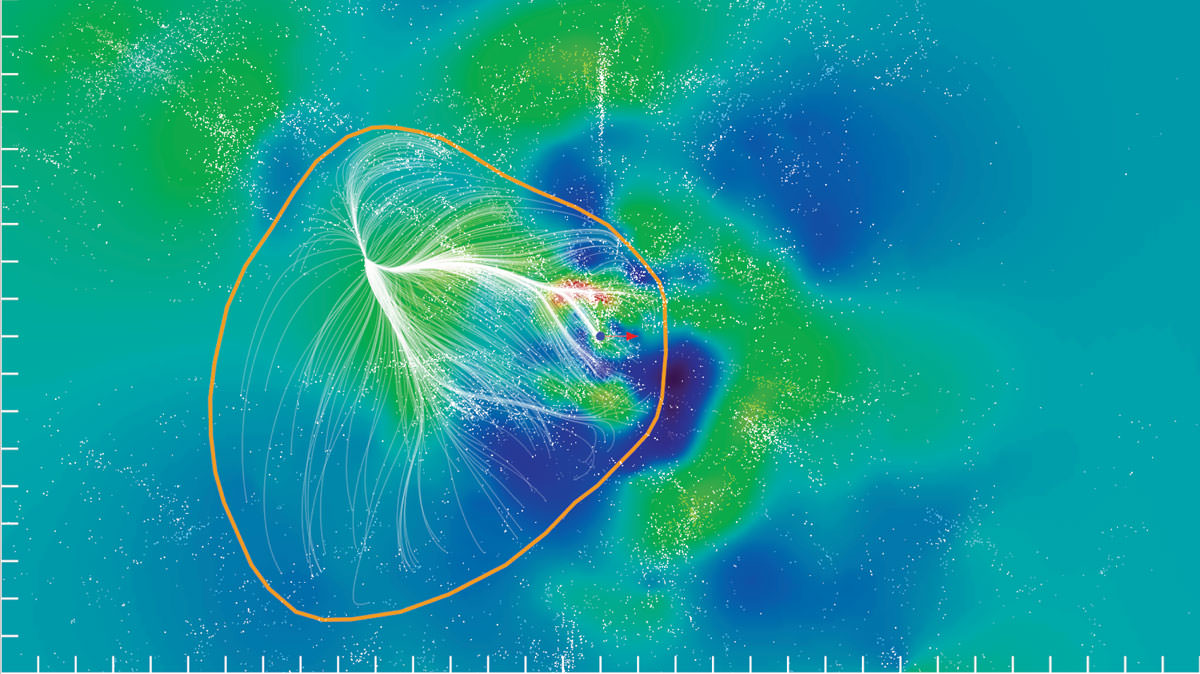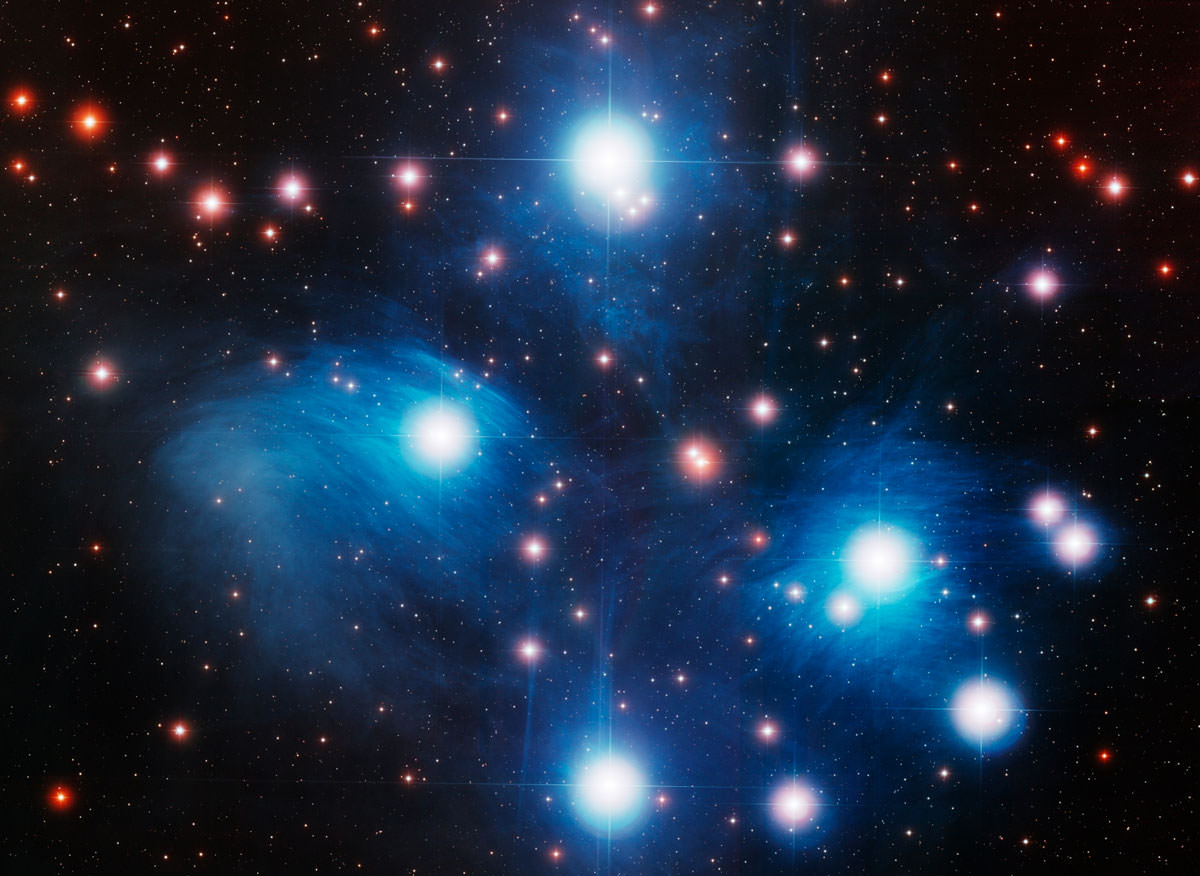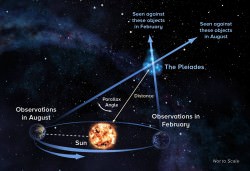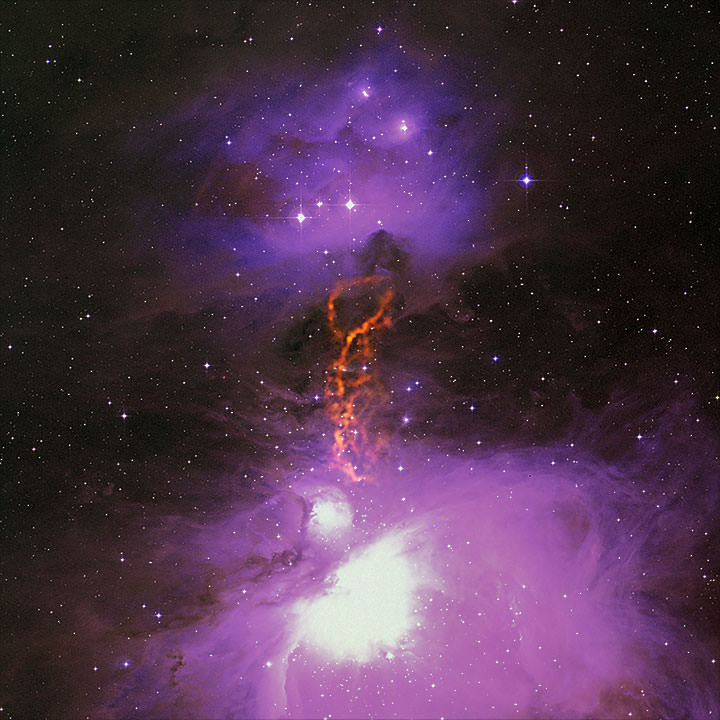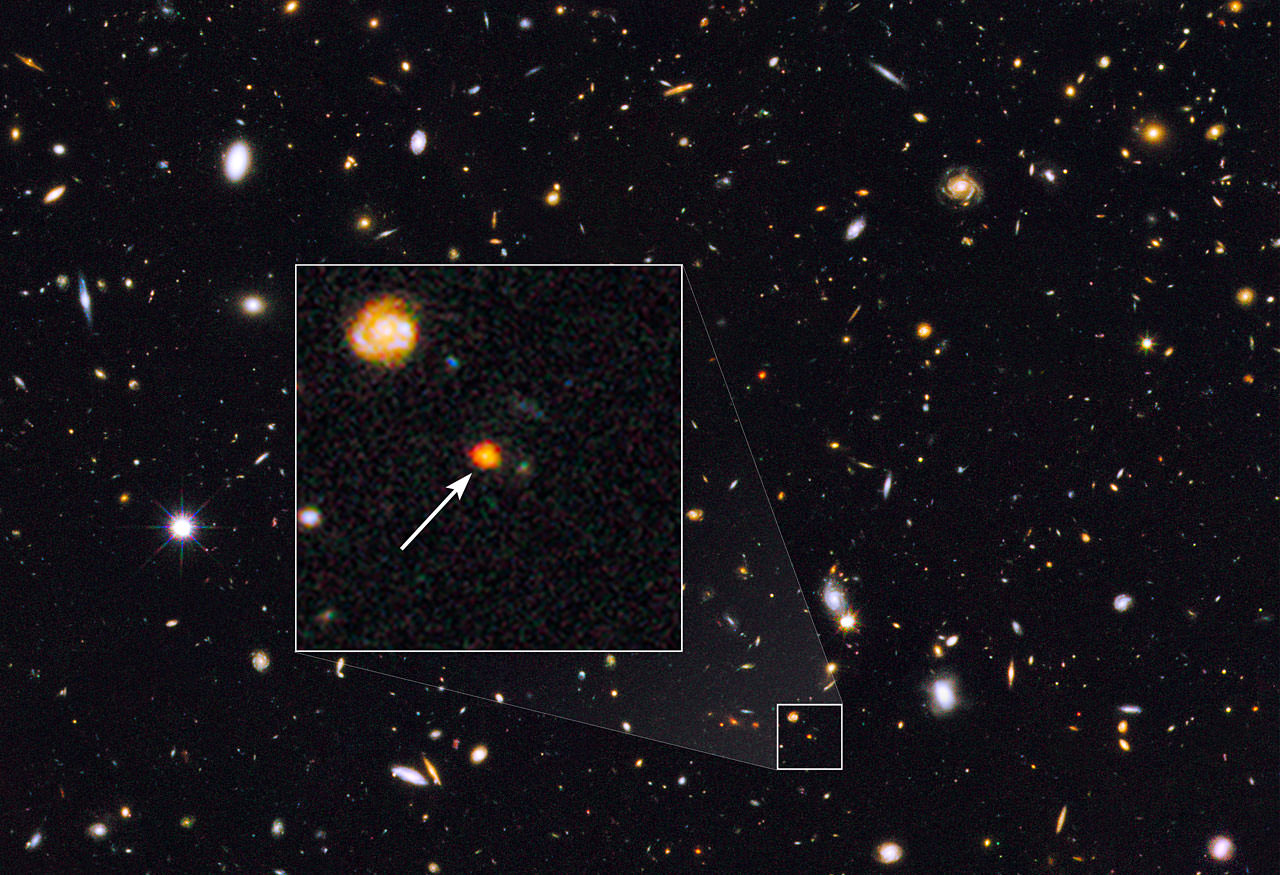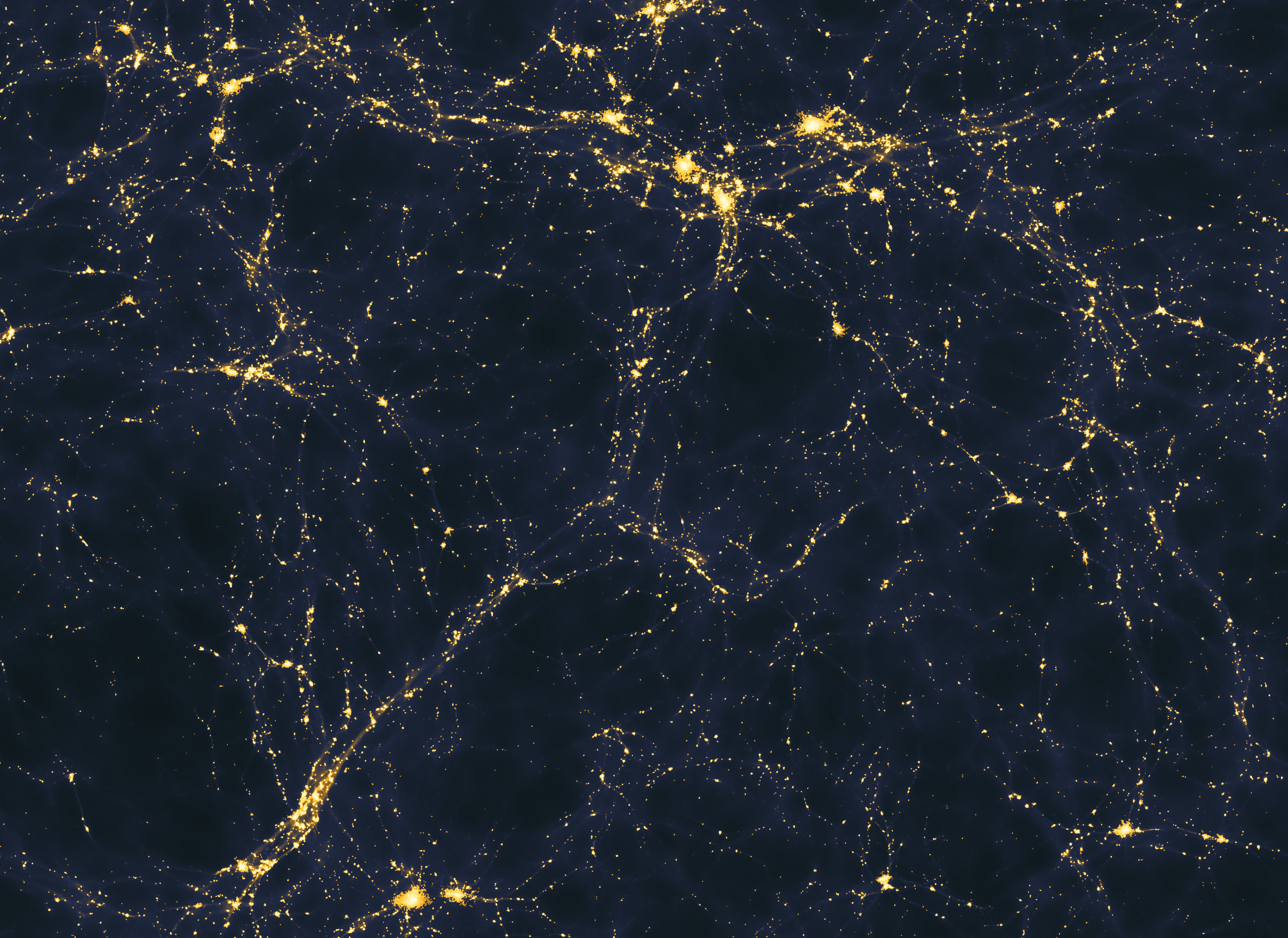An old brick building on Harvard’s Observatory Hill is overflowing with rows of dark green cabinets — each one filled to the brim with hundreds of astronomical glass plates in paper sleeves: old-fashioned photographic negatives of the night sky.
All in all there are more than 500,000 plates preserving roughly a century of information about faint happenings across the celestial sphere. But they’re gathering dust. So the Harvard College Observatory is digitizing its famed collection of glass plates. One by one, each plate is placed on a scanner capable of measuring the position of each tiny speck to within 11 microns. The finished produce will lead to one million gigabytes of data.
But each plate must be linked to a telescope logbook — handwritten entries recording details like the date, time, exposure length, and location in the sky. Now, Harvard is seeking your help to transcribe these logbooks.
The initial project is called Digital Access to a Sky Century at Harvard (DASCH). Although it has been hard at work scanning roughly 400 plates per day, without the logbook entries to accompany each digitized plate, information about the brightness and position of each object would be lost. Whereas with that information it will be possible to see a 100-year light curve of any bright object within 15 degrees of the north galactic pole.
The century of data allows astronomers to detect slow variations over decades, something otherwise impossible in today’s recent digital era.
Assistant Curator David Sliski is especially excited about the potential overlap in our hunt for exoplanets. “It covers the Kepler field beautifully,” Sliski told Universe Today. It should also be completed by the time next-generation exoplanet missions (such as TESS, PLATO, and Kepler 2) come online — allowing astronomers to look for long-term variability in a host star that may potentially affect an exoplanet’s habitability.
There are more than 100 logbooks containing about 100,000 pages of text. Volunteers will type in a few numbers per line of text onto web-based forms. It’s a task impossible for any scanner since optical character recognition doesn’t work on these hand-written entries.
Harvard is partnering with the Smithsonian Transcription Center to recruit digital volunteers. The two will then be able to bring the historic documents to a new, global audience via the web. To participate in this new initiative, visit Smithsonian’s transcription site here.


